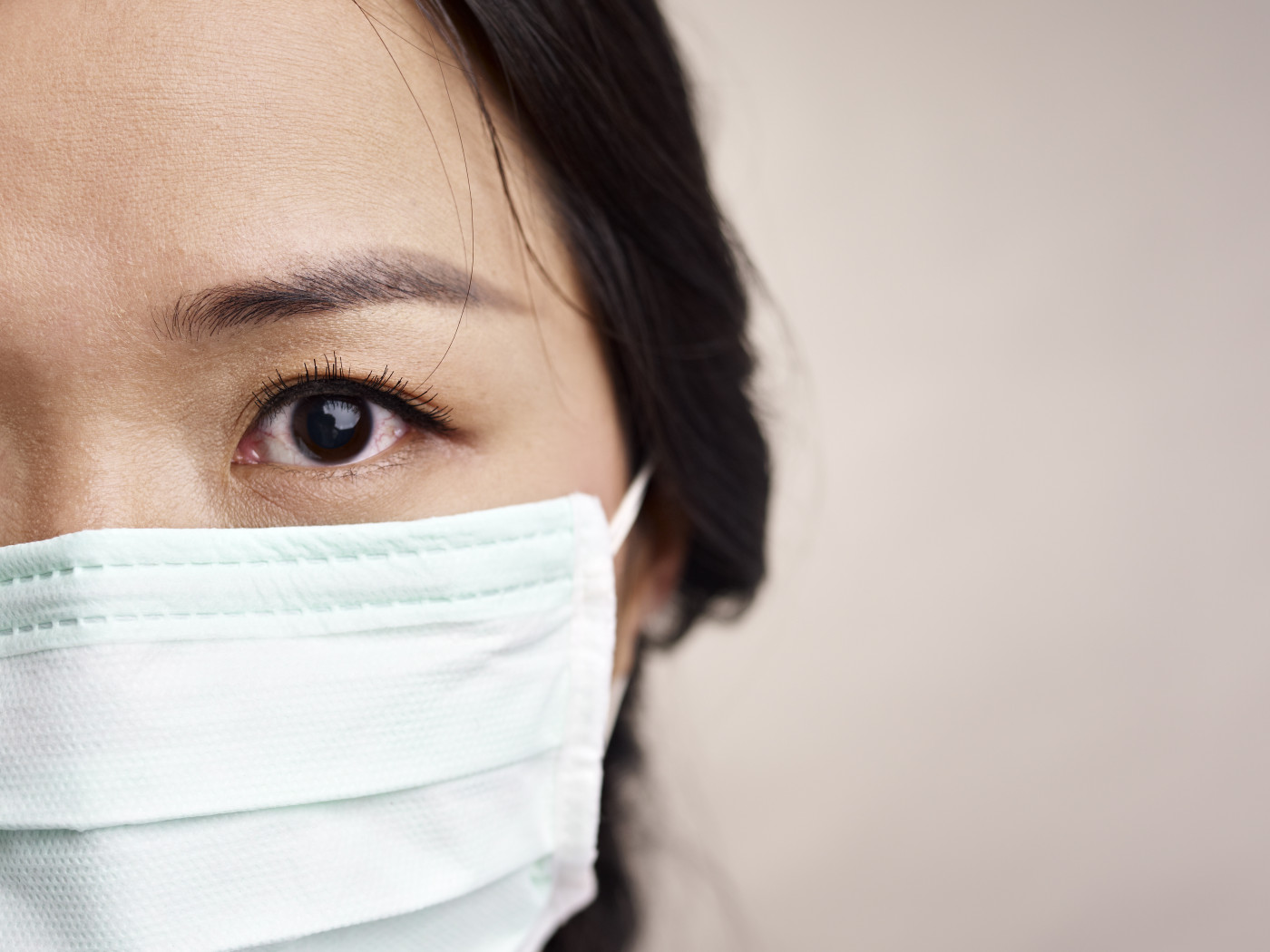COVID-19 Measures Linked to 53% Fewer COPD Hospitalizations
Written by |

Hospitalizations for chronic obstructive pulmonary disease (COPD) dropped by half after the implementation of public health measures to curb the spread of COVID-19 infections, according to a U.S. study.
This reduction in COPD hospital admissions was 36% greater than “the declines seen in other serious medical conditions, including congestive heart failure, diabetes and heart attack,” Jennifer Y. So, MD, the study’s co-lead author and a COPD specialist at the University of Maryland Medical Center (UMMC), said in a press release. She is also an assistant professor at the university’s school of medicine (UMSOM).
In addition, there was a strong temporal association between COPD admission frequencies and positivity for lung infection-causing viruses in the state between 2018 and late 2020.
This suggests that fewer COPD hospitalizations during the COVID-19 pandemic may be explained by reductions in circulating seasonal lung viruses — a main driver of COPD exacerbations — consequent to measures taken to control the spread of COVID-19 transmissions, the researchers noted.
“Our study shows there’s a silver lining to the behavior changes beyond protecting against COVID-19,” said Robert M. Reed, MD, the study’s senior author, professor of medicine at UMSOM, and pulmonologist at UMMC.
“There may be value to continuing to wear masks for the prevention of other conditions that are not related to COVID at all,” Reed said, adding that using masks during cold and flu season is “probably the way to go” if “we want to do something moving forward that doesn’t do some major disruption to our economy, but it’s simple and effective.”
The study, “Decline in COPD Admissions During the COVID-19 Pandemic Associated with Lower Burden of Community Respiratory Viral Infections,” was published in The American Journal of Medicine.
Before the pandemic, COPD was “the fourth-leading cause of death worldwide and a common cause of hospital admissions in the United States,” the researchers wrote.
The implementation of public health measures to reduce the spread of COVID-19, such as stay-at-home orders, social distancing, and masking mandates, may have reduced transmission of lung infection-causing viruses in general.
Lung viral infections are the most common trigger of COPD exacerbations — periods of sudden worsening in lung health — and are associated with a more severe disease course. As such, COVID-19 preventive measures may have also resulted in reductions in COPD exacerbations and subsequent hospitalizations.
To clarify this, Reed and his team retrospectively analyzed electronic medical records from 13 hospitals throughout the state of Maryland to assess weekly COPD hospital admissions before and after COVID-19 public health measures were instituted.
At these hospitals, those measures were implemented before April 1, 2020. Thus, researchers compared data gathered from April 1 to Sept. 30 between pre-COVID-19 years (2018 and 2019) and post-COVID-19 (2020).
These findings were correlated with regional data on the frequency of lung infection-causing viruses from the U.S. Center for Disease Control and Prevention for the period of Jan. 1, 2018, to Oct. 1, 2020.
Results showed that post-COVID-19 weekly COPD admissions dropped by 53% relative to the pre-COVID-19 seasonally-comparable period (31.5 vs. 67.4 admissions per week).
This reduction was significantly greater (by 36%) than those observed for other medical conditions less affected by lung viral infections, such as heart failure, heart attack, and diabetes.
There was a strong temporal association between positivity for viral lung infections and admission frequencies for COPD, but not for other health conditions.
This suggested that “the decrease in respiratory viral prevalence appears likely to be the greatest contributor to the decreased frequency of COPD admissions seen during the COVID-19 pandemic,” the researchers wrote.
In addition, COPD patients admitted post-COVID-19 were older (average of 62.7 vs. 55.3 years pre-COVID-19), and the reduction in COPD admissions was most pronounced for those who had fewer simultaneous health conditions and for those without recurrent admissions.
“Older patients with more comorbidities and more severe COPD experience more frequent exacerbations, regardless of respiratory viral infections, and may not experience the decrease seen in those with fewer comorbidities,” the team wrote.
These findings highlighted that there was “a significant decrease in weekly COPD admissions during the COVID-19 pandemic, likely due to a decrease in respiratory virus prevalence from public health measures being taken during the pandemic.”
“There may be opportunity to judiciously apply control measures outside of pandemic conditions to reduce the burden of disease imparted by community respiratory viral infections,” they wrote.
While the study did not assess which public health measure worked to curb seasonal lung viruses, Reed said that “a simple thing like wearing a mask while riding on public transit or working from home when you’re sick with a cold could go a long way to reduce virus exposure” in this patient population.
So said that in South Korea, her native country, it is a cultural norm to wear masks during the winter and that the COVID-19 pandemic “has helped a lot of people around the world become more aware of the role of masking and social distancing to reduce the spread of disease.”
Albert Reece, PhD, MD, dean at UMSOM, said that “this is a compelling study that raises some important public health questions about protecting our most vulnerable patient populations after we are finished with the COVID-19 pandemic.”
“I certainly think it warrants a fuller discussion,” added Reece, who is also university executive vice president for medical affairs and the John Z. and Akiko K. Bowers distinguished professor.




